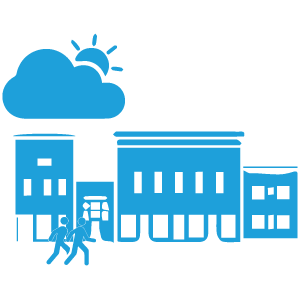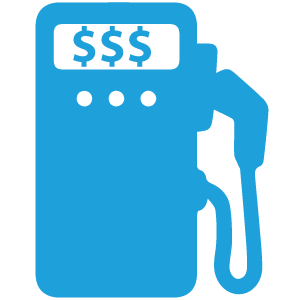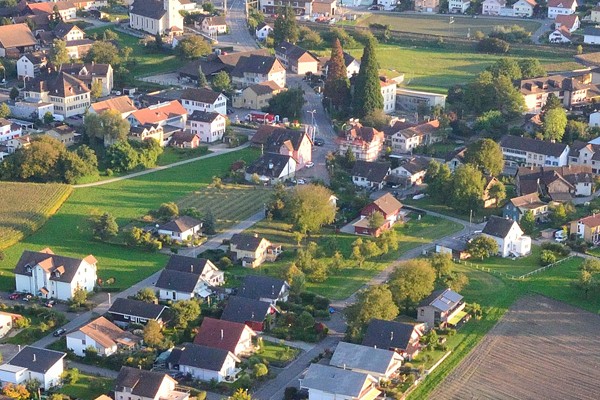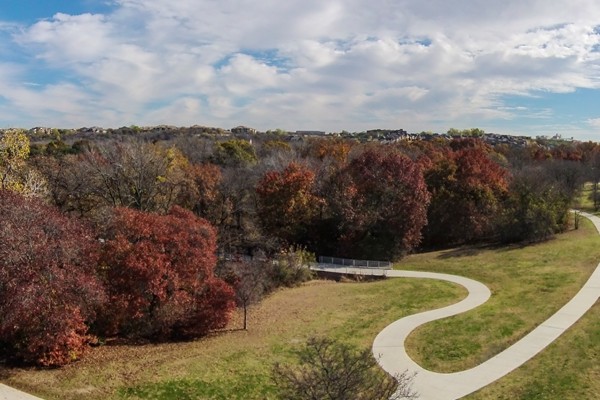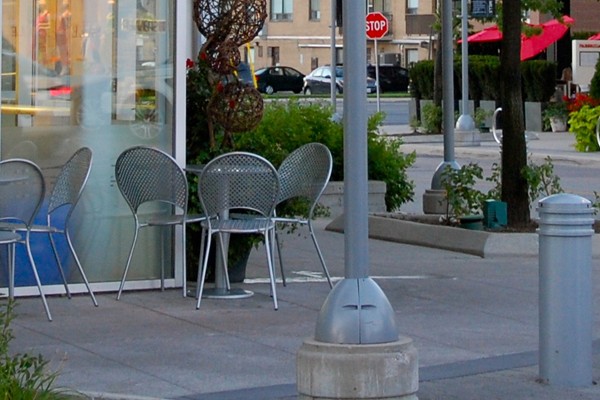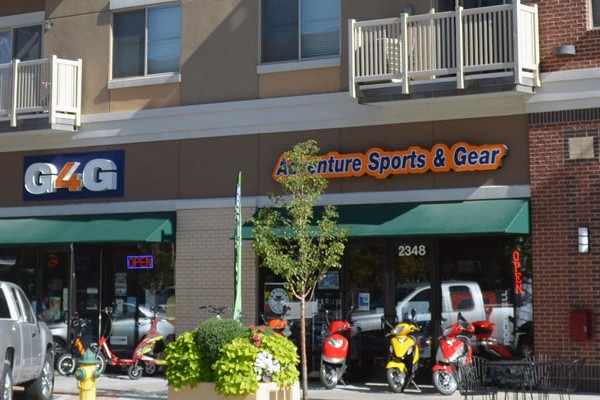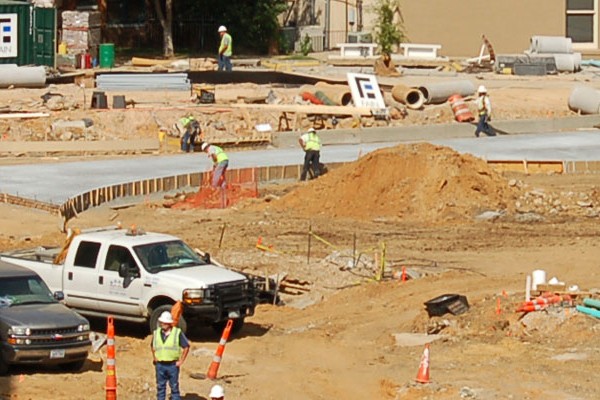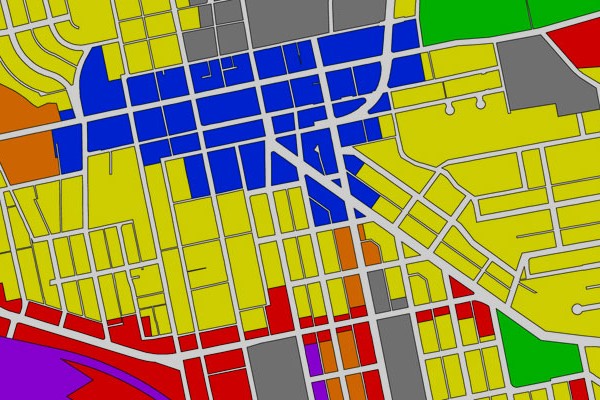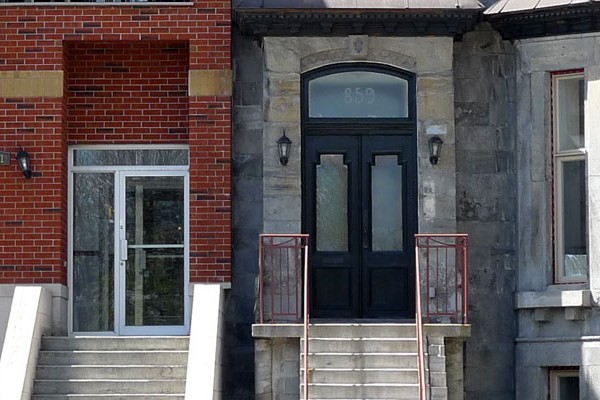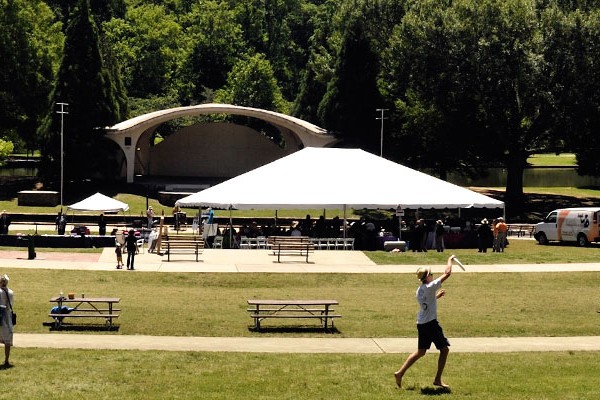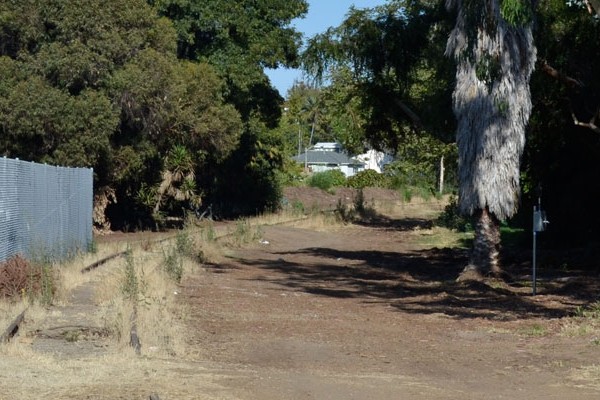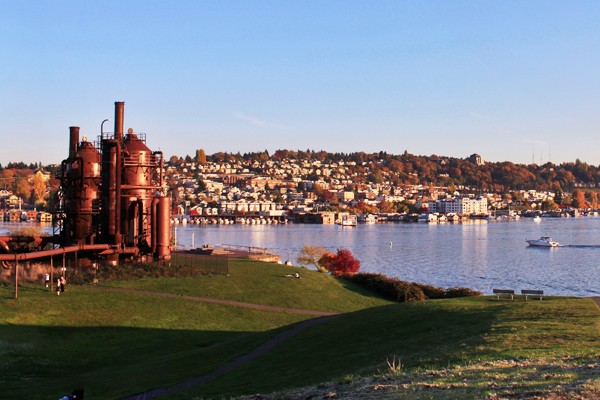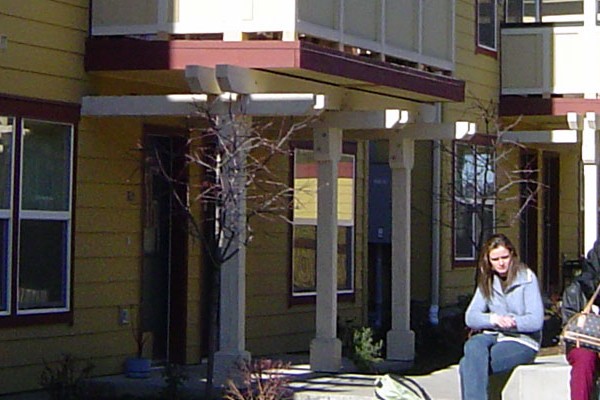The CONNECT regional growth concept for 2050 is a quilt of preferred growth maps from each of the 14 counties in the greater Charlotte region.
The county-level consortium scenario represents the thoughts and ideas from each of seventeen meetings held with consortium members and/or local government officials in the region. The scenario supports major (re)investment in walkable downtowns, mixed-use activity centers, walkable neighborhoods, and major transit corridors region-wide. More compact development patterns help increase housing choices, travel choices, and open space preservation; create new job centers; and control the cost of providing government facilities and services by concentrating development in smaller service areas. Land outside designated growth areas are preserved as rural or working farms. Download Preferred Regional Growth Concept Map




